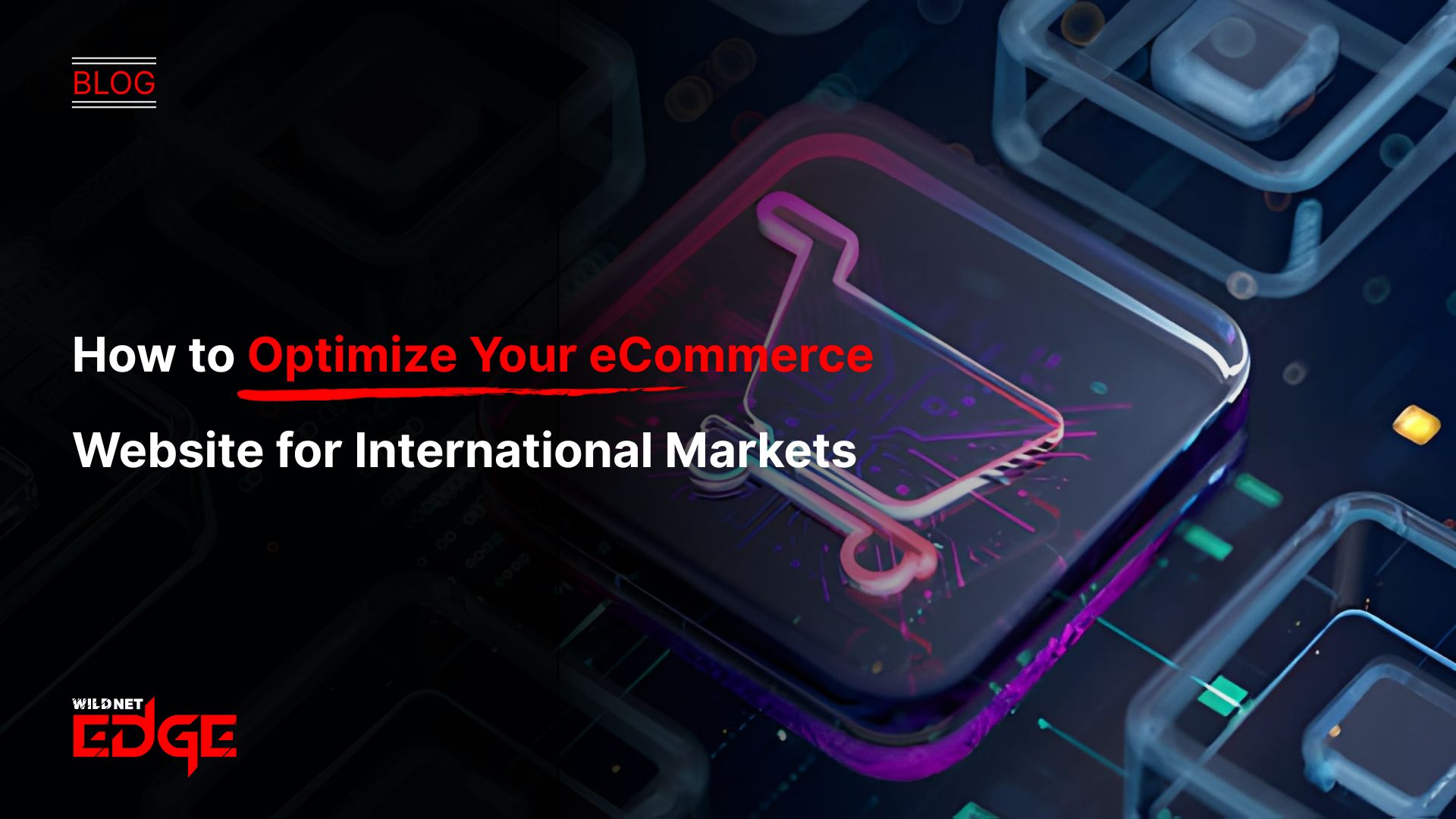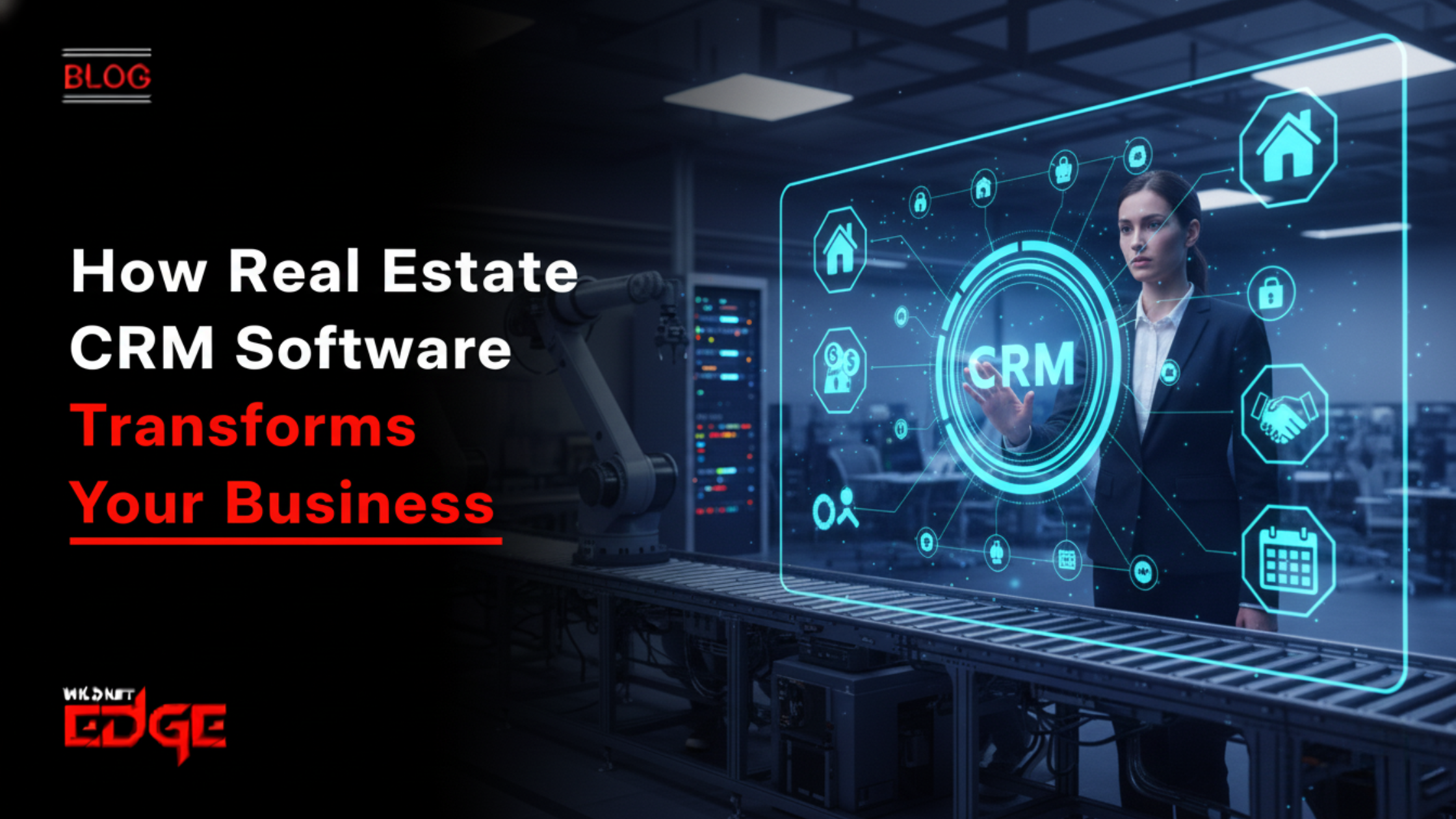In the rapidly evolving world of technology, businesses are constantly seeking innovative ways to stay competitive. One of the most significant advancements is digital twin development—the process of creating digital replicas of physical assets, systems, or processes. However, changing to digital twin development comes with challenges, particularly the fear of operational disruptions.
Are you worried about operational disruptions during the migration? How can you innovate and enhance your efficiency without losing momentum? A seamless transition into digital twin development is paramount, but achieving this transition without any downtime requires a carefully crafted migration strategy. This article provides a comprehensive guide on successfully navigating your shift toward digital twin development while maintaining business continuity.
Understanding Digital Twin Development Tooling
Digital twin development tooling plays a vital role in the creation, management, and operation of digital twins. Selecting the right tools can streamline development and facilitate a more efficient workflow. Let’s delve deeper into what tooling options are on the market and how to evaluate them.
Types of Digital Twin Development Tooling
There are various digital twin development tooling options available, each designed to assist in different aspects of creating and managing digital twins. Here are some notable examples:
- Modeling Software: Tools like Autodesk Revit and Siemens Teamcenter enable users to create detailed models and visualize assets in real time.
- Simulation Tools: MATLAB and ANSYS are widely used to simulate the physical properties and behaviors of assets, helping organizations predict outcomes before implementation.
- Data Integration Platforms: Tools such as Azure IoT Suite or AWS IoT Core facilitate the collection and integration of data from various sources, which is crucial for realistic digital twin development.
- Analytical Tools: Platforms like Tableau or Microsoft Power BI allow users to analyze data derived from digital twins, providing insights that can lead to operational improvements.
Understanding the types of tools available helps businesses make informed decisions when choosing their digital twin development platform.
Evaluating Digital Twin Development Tooling Options
When assessing your digital twin development tooling options, consider the following criteria:
- Compatibility: Ensure that the tooling can integrate seamlessly with your existing systems and processes. Compatibility reduces the risk of interruptions during the migration phase.
- Scalability: Choose tools that can grow along with your organization’s needs. This will save resources in the long run and ensure that you can keep pace with technological advancements.
- User-Friendliness: The selected tools should be intuitive enough so that your team can quickly adapt without extensive training.
- Support and Documentation: Comprehensive customer support and clear documentation are essential to troubleshoot issues promptly.
By carefully evaluating the available tooling options, businesses can position themselves for success in their digital twin development journey.
Selecting the Right Technology Stack for Digital Twin Development
The technology stack you choose for digital twin development significantly influences the success of your project. A well-defined technology stack not only facilitates development but also ensures seamless integration and reliability.
Key Components of a Technology Stack
A technology stack comprises the software and technologies used to build and support applications. For digital twin development, critical components include:
- Data Management Tools: These are essential for collecting, storing, and analyzing large volumes of data from physical assets.
- Cloud Computing Services: Platforms like AWS and Google Cloud provide the necessary infrastructure for deploying and scaling digital twin applications seamlessly.
- Programming Languages: Languages like Python and JavaScript are widely used for developing custom functionalities around digital twins.
- IoT Platforms: IoT platforms help connect physical devices to the digital twin, allowing real-time monitoring and data collection.
Having a comprehensive technology stack ensures that your digital twin application is robust and can handle the demands of modern applications.
Examples of Technology Stacks in Digital Twin Development
To illustrate the effectiveness of varying technology stacks, consider the following case studies:
- General Electric (GE):
- Stack Components: GE uses a combination of AWS for cloud services, Python for data processing, and tailored IoT devices.
- Benefits: This stack allows GE to analyze real-time data from jet engines and turbines, improving operational efficiency and predictive maintenance.
- Siemens:
- Stack Components: Siemens incorporates Microsoft Azure, digital twin modeling tools like NX, and simulation software.
- Challenges: While Siemens benefits from advanced analytics, they face challenges with data security and integration across devices.
These examples highlight the diversity in technology stacks and their respective implications on efficiency and efficacy in digital twin development.
Partnering with a Software Development Company
Choosing the right software development company to assist in your digital twin development can significantly impact your project’s outcome. A knowledgeable and experienced partner can help navigate complexities while ensuring successful implementation.
Choosing the Right Software Development Company
When selecting a software development company, consider the following:
- Expertise in Digital Twin Development: The company should showcase a portfolio demonstrating their capabilities in digital twin projects specifically.
- Industry Experience: Look for a company with experience in your sector, as they will better understand your unique challenges and objectives.
- Communication: Effective communication is crucial in fostering collaboration, so choose a company that aligns with your communication style and workflow.
- Flexibility and Scalability: Ensure the company can adapt to changing project requirements without compromising the quality of the output.
Choosing the right partner is essential for successful digital twin development, as their expertise can guide you through the complexities of the process.
Case Study: Successful Collaboration with a Software Development Company
Consider the case of a manufacturing company that partnered with a specialized software development company for their digital twin implementation. The company faced challenges with inefficient operations and downtime, prompting them to seek expert help.
- Collaboration Details: The software development company employed agile methodologies and established a close-knit team that worked collaboratively with the client to understand their needs.
- Outcome: Within six months, the manufacturing company could monitor machine performance and maintenance schedules in real time, leading to a 20% reduction in downtime and significant cost savings.
This case exemplifies how a successful collaboration with a software development company can transform operational efficiency through digital twin strategies.
Mobile App Development Company’s Role in Digital Twin Development
In today’s mobile-first world, integrating mobile capabilities into your digital twin strategies is essential. A mobile app development company can help extend the reach of your digital twin solutions, providing greater accessibility and real-time insights.
Why Mobile App Development is Critical for Digital Twin Development
Mobile applications serve as a vital bridge between users and digital twin systems. Here’s how they integrate with digital twins:
- Real-Time Monitoring: Mobile applications allow users to monitor their assets in real time, facilitating quick decision-making.
- Data Visualization: These apps can present complex data in an easily digestible format, empowering stakeholders with actionable insights.
- Alerts and Notifications: Users can receive instant alerts concerning asset performance issues or necessary maintenance, minimizing downtime and operational inefficiencies.
The integration of mobile capabilities enhances user engagement and allows organizations to utilize the full potential of their digital twin systems.
Tips for Collaborating with a Mobile App Development Company
To maximize your partnership with a mobile app development company, consider these best practices:
- Define Clear Requirements: Provide the development team with comprehensive project specifications, including desired features and user interfaces.
- Maintain Open Communication: Regular check-ins and updates foster better collaboration and ensure that the project aligns with your expectations.
- Incorporate Feedback Loops: Allow for ongoing feedback during the development process to make adjustments and improvements as needed.
- Invest in User Testing: Make sure to involve end-users in testing the mobile application before its official launch to identify potential issues or improvements.
Following these tips can lead to a successful partnership with a mobile app development company, ultimately enhancing your digital twin development efforts.
Strategies for Seamless Migration in Digital Twin Development
Migrating to a digital twin framework requires a well-planned strategy. To ensure no downtime during this significant transition, businesses must adopt a structured approach.
Planning Your Migration to Digital Twin Development
Here’s a step-by-step migration plan:
- Assessment Phase:
- Evaluate current processes and systems to identify integration points and any potential obstacles.
- Design Phase:
- Develop a blueprint of the digital twin architecture, incorporating input from stakeholders and specifying tooling integration.
- Implementation Phase:
- Begin integrating the digital twin technology stack, ensuring all components work in harmony with existing systems.
- Testing Phase:
- Conduct comprehensive tests to ensure everything functions as expected, addressing any inconsistencies before full deployment.
- Launch Phase:
- Execute the migration plan in a controlled manner, possibly starting with a pilot program to minimize risks.
Following this structured plan ensures a smoother transition into digital twin development.
Ensuring No Downtime During Migration
To maintain continuity of operations during migration, adopt the following techniques:
- Phased Rollout: Gradually implement the digital twin solution, focusing on one area at a time to avoid overwhelming existing systems.
- Backups and Redundancies: Ensure data backup is in place along with redundancy measures to safeguard against any potential failures.
- Real-Time Monitoring: Use monitoring tools to oversee the migration process and react promptly to any emerging issues.
- Stakeholder Communication: Keep all stakeholders informed throughout the migration to ensure alignment and availability for troubleshooting.
By employing these strategies, businesses can minimize disruptions and ensure successful digital twin development integration.
Measuring Success in Digital Twin Development
Once you have migrated to digital twin development, evaluating your success becomes critical. Establishing metrics and evaluating improvements will guide future digital initiatives.
Key Performance Indicators for Digital Twin Development
Here are essential KPIs to measure the effectiveness of your digital twin development:
- Operational Efficiency: Track productivity rates and any reductions in downtime resulting from implementing digital twins.
- Cost Savings: Monitor operating costs related to asset management and maintenance; successful implementations should reveal clear financial benefits.
- User Engagement: Measure how often users interact with your digital twin system and how well it assists in their tasks.
- Data Accuracy: Ensure the precision of data derived from the digital twin, as this directly impacts the quality of insights generated.
By consistently monitoring these indicators, organizations can make data-driven decisions to optimize their digital twin strategies effectively.
Long-term Benefits of Effective Digital Twin Development
Engaging in successful digital twin development leads to several sustained advantages:
- Enhanced Decision-Making: Companies leveraging digital twins find they can make more informed decisions with real-time data.
- Increased Innovation: Digital twins create a safe environment for testing and validating new ideas, paving the way for innovative products and services.
- Long-Term ROI: Organizations have seen significant returns on investment through minimized maintenance costs, enhanced operational performance, and reduced downtime.
For example, a large energy firm utilizing a digital twin was able to forecast equipment failures accurately, resulting in a 25% decrease in maintenance costs over two years and a markedly improved ROI.By understanding and measuring these long-term benefits, organizations can better justify investments in digital twin development initiatives.
Conclusion
Migrating to digital twin development presents numerous opportunities for innovation and efficiency. However, the prospect of making such a significant transition without operational downtime can be daunting. By understanding the tooling and technology stacks available, strategically partnering with the right software and mobile app development companies, and following a systematic approach to migration, businesses can successfully navigate this transformative journey.
At Wildnet Edge, we stand as a trusted, AI-first company that specializes in digital twin development and can help streamline your migration strategy. Consider seeking professional guidance to ensure that your transition remains seamless, enhancing your operational potential for the future.
FAQs
Digital twin development involves creating a digital replica of physical assets to analyze and improve operational efficiency.
Consider factors like scalability, compatibility, and user-friendliness when selecting digital twin development tooling.
A technology stack refers to the set of technologies used to create and support digital twin applications, including software and tools.
A software development company brings expertise, experience, and resources necessary for successfully implementing digital twin solutions.
A mobile app development company can facilitate the integration of mobile solutions with digital twins, enhancing user accessibility and interaction.

Nitin Agarwal is a veteran in custom software development. He is fascinated by how software can turn ideas into real-world solutions. With extensive experience designing scalable and efficient systems, he focuses on creating software that delivers tangible results. Nitin enjoys exploring emerging technologies, taking on challenging projects, and mentoring teams to bring ideas to life. He believes that good software is not just about code; it’s about understanding problems and creating value for users. For him, great software combines thoughtful design, clever engineering, and a clear understanding of the problems it’s meant to solve.
 sales@wildnetedge.com
sales@wildnetedge.com +1 (212) 901 8616
+1 (212) 901 8616 +1 (437) 225-7733
+1 (437) 225-7733































